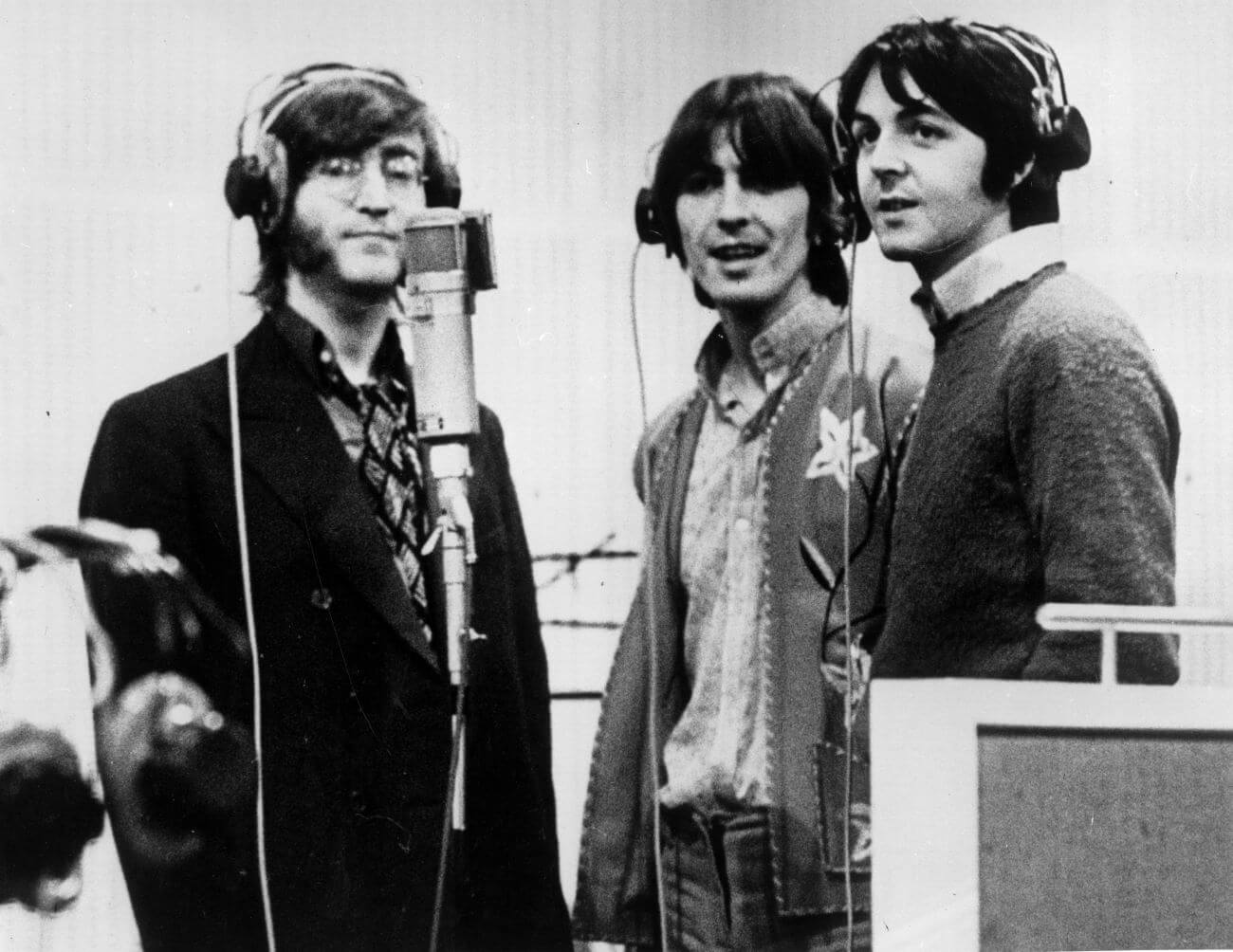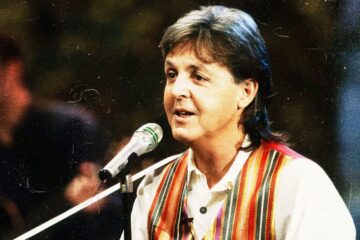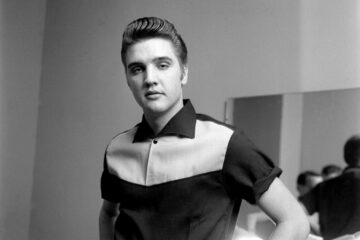In full-circle fashion, the final Beatles studio album to be released included a song from their earliest days. The album was Let It Be, and the song was “One After 909,” which the Fab Four brought out of mothballs for a surprise appearance.
What is the song about? Why did The Beatles wait so long to include it on a record? And how did the later version change things up? Let’s get all the details about “One After 909,” a song that just refused to stay buried.
From the Cellar to the Rooftop
Although some of the interviews given by Beatles members about “One After 909” contradict each other, the best guess is John Lennon did the bulk of the writing on the song, probably when he was a teenager and The Beatles were still knocking about in obscurity. It was part of their live repertoire at many a show at The Cavern in Liverpool, which was their home base before they became famous.
If you’re wondering about the numerical significance of the title, it has to do with Lennon’s fascination with the number nine and how it’s connected to his life, as he explained to interviewer David Sheff:
“That was something I wrote when I was about 17. I lived at 9 Newcastle Road. I was born on the ninth of October, the ninth month. It’s just a number that follows me around, but, numerologically, apparently I’m a number six or a three or something, but it’s all part of nine.”
(Lennon made a mistake in the interview, as October is actually the 10th month, but you get the picture.)
The Beatles liked the idea of doing an American-style train song, and they indeed thought about putting “One After 909” out on a record. But after attempting to record the song in 1963, they decided to shelve it, apparently unhappy with the results. They would release those results in 1995 on the Anthology 1 collection.
Fast-forward six years to 1969, as The Beatles were trying to get their ill-fated Let It Be (or Get Back, as it was initially called) project off the ground. The idea was to create a batch of new originals while being filmed and then record those songs at a live concert. We all know those plans went somewhat awry and Let It Be turned out to be hodgepodge of recordings from both the rehearsals and an impromptu concert on the Apple roof.
But one of the other briefs The Beatles put forward when it came to the project was they wanted to “get back” to their early days, stop with all the overdubs and start playing together, four men in the same room with their instruments, the way it used to be. Since it was a throwback vibe they were after, it made perfect sense to bring back a song from their early days.
The 1969 version of “One After 909” shows the band at their loosest. Special guest Billy Preston stands out with his electric piano work, while George Harrison delivers a gritty solo. John Lennon and Paul McCartney belt out their harmonies with joyful abandon. Even though Let It Be didn’t always conjure the feel-good vibes the band hoped it would, there’s a lot of joy to be found in this track.
What is the Meaning of “One After 909”?
As you might expect of a song written by a teenager, there isn’t too much going on below the surface of “One After 909.” It also owes a pretty big debt to Chuck Berry, the master of the fast-talking narrative rock song with the telling details. The basic gist of it is the narrator wants to join his beloved on the train, but she’s giving him a hard time about it.
Still, there are some fun quirks that set this one apart. That’s especially true in the bridge, when this poor sap is hamstrung by his own confusion. First mistake: I got my bag, run to the station / Railman said you got the wrong location. Second mistake: I got my bag, run right home / Then I find I got the number wrong.
As it turns out, “One After 909” proved to be quite the number with staying power for the Fab Four. Most songs that end up on the cutting-room floor stay there. But this track had the same kind of resilience as the hapless narrator trying to catch that train.



